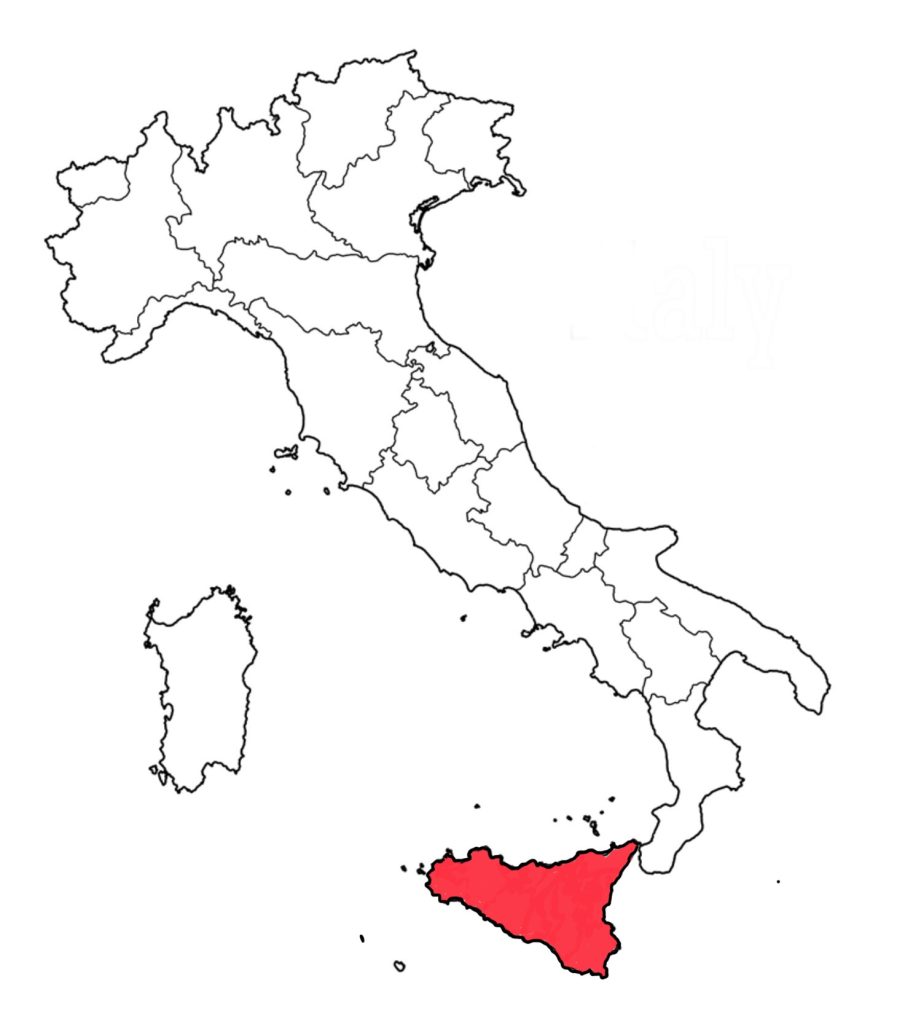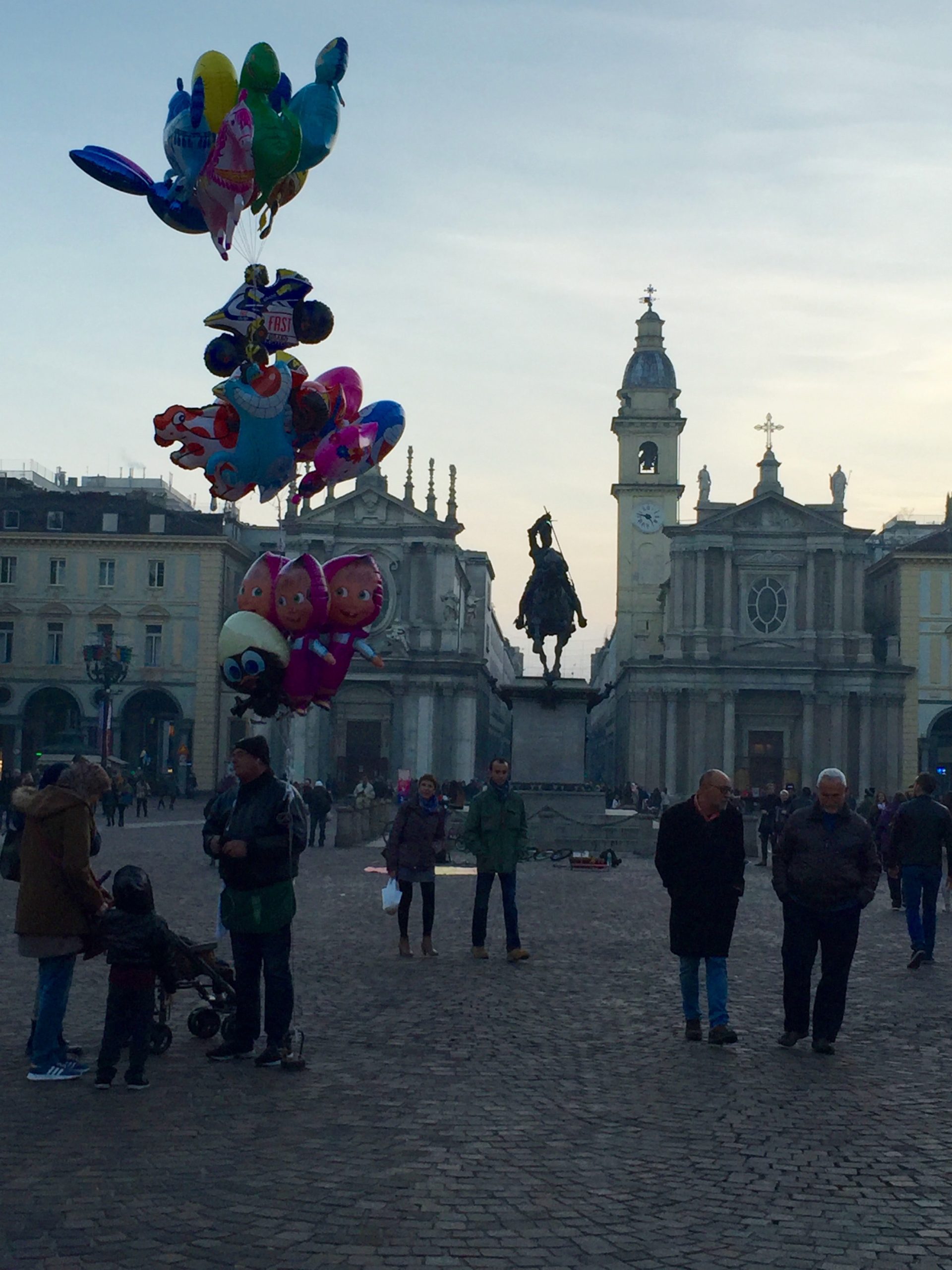Betwixt Myth and Reality: Discovering Ortigia
I think that for my whole life, at least from the time that I started losing myself in books, I looked for a place that existed in my imagination; a place of well-defined shapes but blurred colours and indistinct shadows; a place of real tangible structures but illusory backdrops—-where the irrefutable world might coexist with a whimsical one. It was the place on the moors where Heathcliff called out to Katherine; it was the town where a young Werther found his happiness and his greatest sorrow; or the house near the mulberry tree in Aci Trezza where I Malavoglia lived.
I walked into that imaginary place when I crossed the bridge, one of three that connect Syracuse with Ortigia, and found myself gazing at a row of wind battered houses still standing decrepit but fearless against the onslaught of ocean waves beating against the parapet, and hovering beneath a sky that could only exist in the imagination of a poet. A troubled sea of deceiving greys and greens stretched out before this bank and reached out to the horizon where the real sea begins.
Ortigia, the historical heart of the once Greek stronghold that is today Syracuse, is an island that lies in the sea on the eastern coast of Sicily. It has become over the years a tourist mecca, but has stayed true to itself, not giving in to the artificial haze that comes with the visiting masses. In fact, along the island’s seaward side, the fishermen’s houses, while some are restored, most remain as they have always been.

My husband and I begin our visit wandering along this strand, soon losing our bearings, and navigating the maze of narrow cobblestone lanes. We steal brief glimpses inside kitchens, while the clangor of pots and pans readying for a meal, herald a fast approaching lunchtime. Tiny, shriveled nonne, dressed in their customary long black skirts and head veils sit on small balconies looking out to sea; their gaze is steady and unwavering, as if waiting for the fishing boats that will bring back their husbands from the infinite ocean.




From the gloom of the narrow alleys we turn into a piazza where the light of the midday sun strikes us momentarily blind. I am comfounded by the contrasts here: the light and the shadows; the mythical beauty and the brutal ravages of time. I try to make sense of this paradox of a place, but suddenly I regain my sense of the present and realize that my feet are aching and the thought of a frosty granita, whether it be a lemon ice or coffee flavoured one, in one of the many sidewalk cafes scattered liberally throughout the island, is very enticing.

We find ourselves in Piazza Archimede, at the centre of Ortigia. A steady stream of cars navigate effortlessly around its central fountain. We consult our tourist brochure and discover that this fountain depicts the myth of the nymph Aretusa. Refreshed and reinvigorated we move toward Via Saverio Landolina and a place that, we are told, serves some good fish dishes. Crossing under some old arches we arrive at a tiny mediaeval courtyard and a little trattoria called Pesco Mare.

The fish is fresh, local and decent enough. But our meal is hurried; I’ve enjoyed it, but the island of Ortigia out there, beyond the limestone arches that enclose the courtyard, has cast a magnetic spell and I am eager to explore.
We make our way through Corso Matteotti and head toward the Greek Temple of Apollo. One cannot visit Sicily and remain immune to the power of the ancient Magna Graecia. The spirit of the Greek world is felt everywhere on this island: every Doric column, every tumbled ruin poised as silent witness tells the compelling story of a once omnipotent civilization. The Tempio di Apollo dates from the 6th century BC and is the oldest known Doric temple in Western Europe.www.arkeomania.com/tempiodiapollo. Its imposing size dwarfs mere mortals and resounds with the grandeur of the Greek gods. I step gingerly on the time worn stones and make a connection with the myths and the Olympian deities of my English class; the over-used posters hung methodically on the bulletin boards by Sister Angela rush back to me, and the fanciful world I imagined as I sat listening to her, now surrounds me. The wind rushing through the amphitheater becomes the whisper of Artemis, and the sun beating down on us is Apollo, the sun god, making his presence felt.



The Temple ruins occupy a large part of Piazza Pancali. These shreds from the ancient past coexist so harmoniously with the rest of Ortigia that one is likely to overlook that here reside, side by side, both the glories of a magnificent antiquity and the dregs of a society decimated by too many invasions, by attempts at unification, by the heavy fist of criminality, and brought to its knees by great poverty and finally, emigration. Myth and real life merge in every corner of this city. Around the corner from the Temple of Apollo the grim, bare fishermen’s houses on the eastern seaboard attest to this.These are the same houses one finds in Aci Reale and Aci Trezza, small fishing villages just north of Siracusa, along the coast.
Giovanni Verga, an Italian writer and playwright, considered one of the greatest exponents of the literary movement of “realism”, wrote about this corner of Sicily in his starkly beautiful but tragic novel, I Malavoglia. (The House by the Medlar Tree). It is the story of a family of fishermen who lives and works in Aci Trezza, a small Sicilian village near Catania . The novel set against the bleak backdrop of poverty is sustained by a Greek-styled chorus, made up of the people of the town, who while united by the same culture, are divided by their different choices of life, and yet, still all overwhelmed by an inescapable destiny.
The novel, adapted for the screen by Luchino Visconti in 1948 ( La Terra Trema, The Earth Trembles)

tells the same story in black and white images. Visconti one of the first film directors of neorealism, shot the film in the actual Sicilian town of Aci Trezza as well as in other towns nearby such as Ortigia. In an attempt to retain the realism and truth of the places and lives he wanted to portray, Visconti used local people as actors, allowing them to speak in their own dialect rather than in Italian because as the narrator tells us at the beginning of the film, “Italian is not the language of the poor.” La Terra Trema, 1948. The outcome is that both the film, in its own right, and Verga’s monumental literary opus, remain masterpieces of Italian Neorealism.

images from L Visconti film: La Terra Trema 1948
I’ve walked right in, into that world I imagined as I read I Malavoglia a lifetime ago: here are the faded, salt and sun bleached colours of the houses along the strand; the greek ruins, detritus of a once great civilization still prevailing against time. Ortigia is all this, and as we discover in our ramblings, even more. Much more.
We walk, taking in the fresh sea air and the dazzling colours which begin to intensify with the growing sunlight. When we reach Piazza Duomo, on first site, we are left speechless; few places in the world can really do that. This is one of them. The square is completely white, and as we stand bathed in the light and overwhelmed by the beauty of this baroque square, I feel ensnared by some strange spellbinding aura.

In this marvelous pedestrian piazza stands the cathedral. All the palazzi, churches and mansions surrounding the square are in the Baroque style, including the elegant palazzo Beneventano and the church of Santa Lucia alla Badia which houses the painting Burial of Saint Lucy by Caravaggio.
On Via Mestranza, among the many other shops, we discover Le Antiche Siracuse, where happily I dive into the baskets of soaps, perfumes, candles, and creams with natural ingredients such as Sicilian olive oil and almond. This street is full of shops, cafes, restaurants. I slip surreptitiously, unseen by my husband’s disapproving eyes, into one of these small boutiques, and spying a couple of gold charms of the Greek masks of comedy and tragedy.

I immediately decide they shall be mine. The many years I spent on the amateur stage of theatres will be commemorated by these little charms. I don’t need to justify this purchase, I reason, but it feels good to reward myself and also to be able to possess a trinket that will remind me of the day I visited my imaginary place, when I found Ortigia.
Now, a few years later, as I sit staring at my laptop screen, my gaze dims, my nostalgia for Sicily overcomes me.
“ Those smells of seaweed dried by the sun, of capers, of ripe figs, … those burnt and scented shores, those waves slowly breaking, jasmine petals flaking in the sun. “
– Dacia Maraini, The Silent Duchess
Where to eat:
Pesco Mare
6, Via Landolina – 96100
Siracusa (SR)
tel. 0931 21075
Where to Stay:
Via Vittorio Veneto 93
I-96100 Siracusa, Italia
Phone: +39-093-146-5186

0



